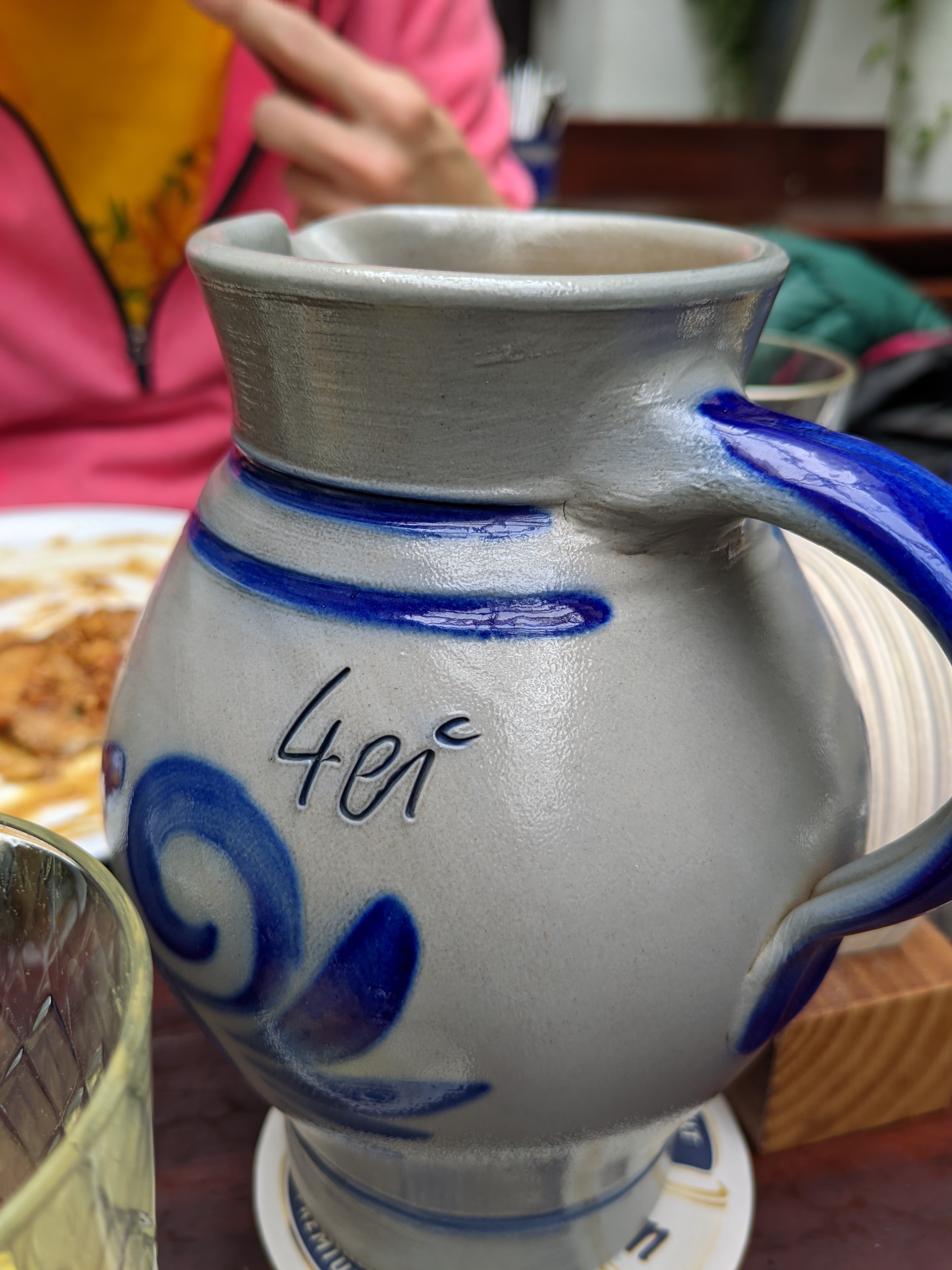Well… it’s not a cure. Not really. People with type I diabetes have a disorder where their immune system attacks their islet cells in their pancreas. These cells are what produce insulin. This therapy replaces some of the cells that they’ve lost, but it doesn’t stop their bodies from attacking those cells again. The way they’re doing that is by having the patients take immune-suppressing drugs forever, basically.
The problem with this is that there’s currently no way to target immune-suppressing drugs to say: “Hey, just stop attacking your own cells, but continue doing everything else an immune system is supposed to do.” By suppressing the immune system with these drugs, the patients are at an elevated risk of disease and cancer. And that’s forever. Or, at least until we figure out a better way to do it.
Still, it is a really cool therapy, in that they were able to direct the maturation of stem cells into insulin-producing islet cells, and they were able to successfully home those to the correct location. It’s huge progress, even if it isn’t actually a cure.
The problem with this is that there’s currently no way to target immune-suppressing drugs to say: “Hey, just stop attacking your own cells, but continue doing everything else an immune system is supposed to do
https://en.wikipedia.org/wiki/Allergen_immunotherapy
Allergen immunotherapy, also known as desensitization or hypo-sensitization, is a medical treatment for environmental allergies (such as insect bites) and asthma.[1][2] Immunotherapy involves exposing people to larger and larger amounts of allergens in an attempt to change the immune system’s response.[1]
We do have some limited ability to “train” at least some aspects of the immune system not to attack certain things. I’ve no idea whether that approach can be used for something like this.
No - this is something completely different, unfortunately. Allergen response is mediated by T-helper type 2 (TH2) cells, while autoimmune disorders like diabetes occur through a T-helper type 1 (TH1) pathway.
With allergens, the foreign body will bind to antigen receptors on professional antigen presenting cells (usually dendritic cells), which will then present the bound antigen to TH2 cells. These will then release a particular type of chemical called cytokines that will signal the B cells to produce a shit load of IgE antibodies tailored for the particular molecular pattern identified. The IgE will bind to the antigen and also to basophils and mast cells, which will secrete a bunch of chemicals, including histamines. This is what causes you to get all itchy. It’s also what causes swelling (such as when someone with a peanut allergy feels their throat closing up when they find out their snack had peanuts in it).
With Type 1 Diabetes, TH1 cells will recognize patterns on the surface of your islet cells, and will then release a different set of cytokines that will attract cytotoxic T cells (TC) to the area. These will bind to the surface of the islet cells, and will release a cocktail of chemicals that will kill the cell.
The mechanism by which allergen immunotherapy works is that it slowly trains your immune system to shift from a TH2-dominated response to a TH1-dominated response for that particular molecular pattern. This means that your body will treat the foreign substance as more of an invading pathogen (like a bacteria, for example) than an allergen, so there will not be the huge release of IgE antibodies, and consequently, far fewer mast cells and basophils releasing histamines. The precise mechanism of how this works is too complicated for this discussion, but suffice it to say we’re dealing with a completely different biological pathway than with self / non-self recognition, like what’s going on with autoimmune disorders.
And in upcoming news: New diabetes drug breaks records for being most expensive drug on the market for treating diabetes.
Or
Pharmaceutical companies say, “What diabetes drug?”
It’s really just going to lead to more obesity.
These are for genetical type I diabetes, nothing to do with obesity
Oh then that’s good news.
Time to invest in tapeworm egg futures
And double-wide hospital beds.
Im not sure if I consider these type of things to be drugs “stem cell-based infusion”
It’s a therapy, to be sure.
Looks like rejection drugs cost just as much as insulin pump therapy with a cgm, if you omit the initial cost of the pump.
More users of anti rejection drugs could drive the cost down, if the makers don’t decide to manufacture limited supplies.
This comment is the last straw for me replaying Deus Ex. Never thought I would live to see the game be so relevant.
Didn’t Cuba already come out with this?
Looked it up, they created a novel treatment for foot ulcers caused by diabetes.




